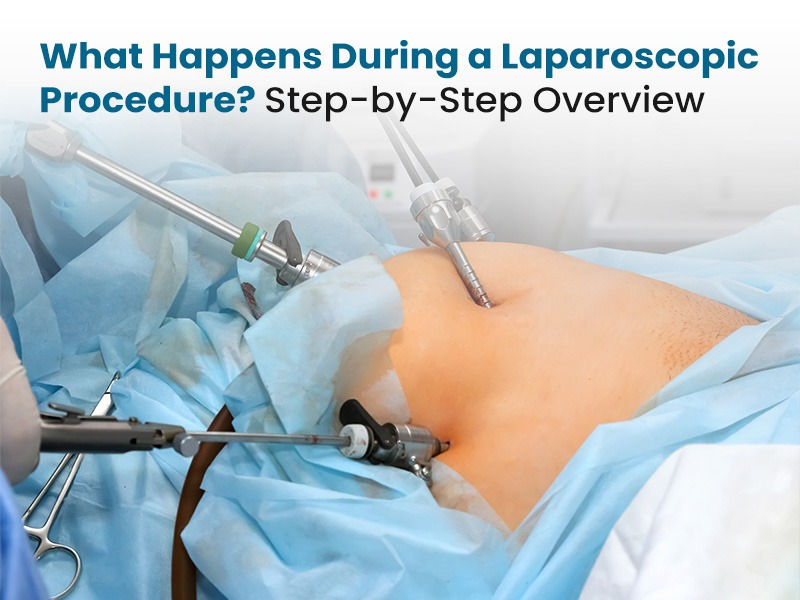What Happens During a Laparoscopic Surgery Procedure? Step-by-Step Overview
- parkhospital19
- 2 days ago
- 3 min read
Laparoscopy is a type of minimally invasive surgery. Instead of one large cut, your laparoscopic surgeon makes a few small ones, usually around half a centimetre long. Through one of these, a thin tube with a tiny camera (called a laparoscope) is inserted. This gives the surgical team a close-up, high-definition view of the inside of your body on a monitor.
In the laparoscopic surgery other small instruments are inserted through the remaining cuts to carry out the actual procedure. This method is often used for operations in the abdomen or pelvis, such as gallbladder removal, hernia repair, or investigating unexplained pain.
Now, let's break down exactly what happens.
Step 1: Getting Ready (Pre-Op)
Before anything starts, you'll have a pre-operative assessment. That's where your team checks your general health, talks you through the procedure, and makes sure you're fit for anaesthesia.
You'll usually be asked not to eat or drink for a few hours before the surgery. You'll also change into a hospital gown, and a small tube (cannula) will be placed in your hand or arm for medication.
This is also the point where your surgical team answers any last-minute questions. No question is too small to ask away to the experts.
Step 2: Anaesthesia and Preparation
Once you're in the operating theatre, the anaesthetist gives you general anaesthesia, which means you'll be asleep and won't feel a thing.
While you're asleep, your laparoscopic surgeon in Delhi or wherever you would be admitted gently inflates your abdomen with carbon dioxide gas. It might sound odd, but it creates a bit of space inside your body, giving the camera a better view and room for the instruments to move.
Step 3: The Keyhole Work Initiates
A few tiny cuts are made in your abdomen (usually between two and four). Through these, the laparoscope and surgical instruments are inserted.
What happens next depends on the reason for your procedure. For example:
If it's diagnostic, your surgeon is having a look around to identify the problem.
If it's treatment-based, such as removing a gallbladder or cyst, the instruments will be used to carry that out while being guided by the live video feed.
Despite all the high-tech equipment, what's happening is delicate, careful work, often more precise than traditional surgery. This may, at times, require the expertise of the best laparoscopic surgeon.
Step 4: Closing Up
Once the procedure is complete, the instruments are removed. The gas is released from your abdomen, and your small cuts are closed, usually with dissolvable stitches or surgical glue.
A dressing is placed over the wounds, and you're moved into the recovery area.
Step 5: Waking Up and Recovery
You'll wake up in recovery with a nurse nearby. It's normal to feel a bit groggy, and you might have some shoulder or chest discomfort. This is often due to the gas used during the procedure, and it passes in a day or two.
Most procedures by the laparoscopic surgeon in Delhi are done as day surgery, meaning you'll go home the same day. If the surgery was more complex, you might stay overnight.
Your care team will go over recovery instructions, pain relief, and signs to watch for. Most people are up and walking within a few hours, and recovery is usually much quicker than with open surgery.
Not Just Smaller Cuts A Smarter Way to Heal
Laparoscopic surgery is more than just a "modern alternative". It's a safer, less invasive way to solve medical issues while helping your body bounce back faster.
At Park Hospital, laparoscopic procedures are performed by experienced surgical teams using advanced tools and techniques but, more importantly, with genuine attention to your comfort, safety, and recovery.
From your first appointment to the moment you walk out the door post-op, we make sure you're fully informed, well looked after, and supported at every step. Because knowing what to expect makes all the difference, and so does having a team you can trust.








Comments